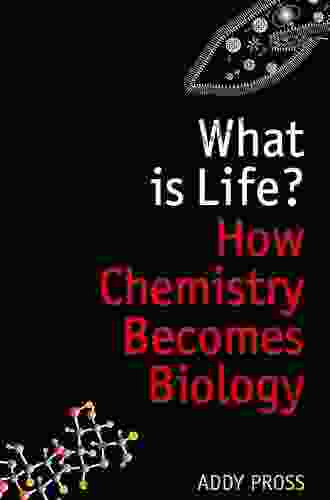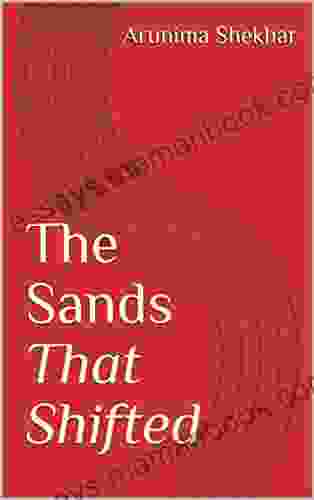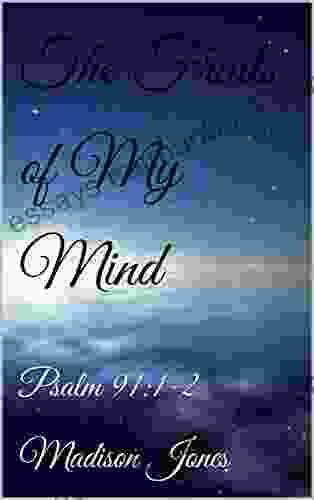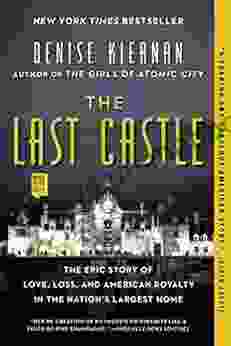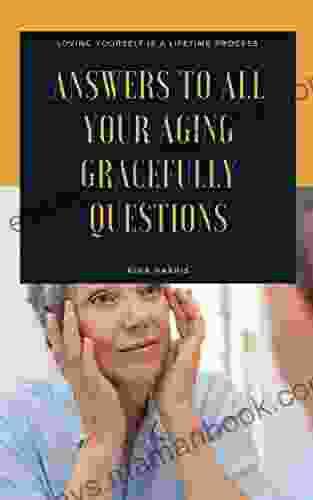How Chemistry Becomes Biology: A Landmark in Science

The boundary between chemistry and biology has long been a source of fascination and debate. In the early days of science, these disciplines were seen as distinct and separate, but over time, it has become increasingly clear that they are intertwined in a fundamental way. The study of how chemistry becomes biology has led to a deeper understanding of the origins of life and the nature of biological systems.
4.3 out of 5
| Language | : | English |
| File size | : | 2181 KB |
| Text-to-Speech | : | Enabled |
| Enhanced typesetting | : | Enabled |
| Word Wise | : | Enabled |
| Print length | : | 208 pages |
| Lending | : | Enabled |
| Screen Reader | : | Supported |
One of the pioneers in this field was the German chemist Friedrich Wöhler. In 1828, he famously synthesized urea, a compound that had previously been thought to be produced only by living organisms. This discovery showed that it was possible to create organic compounds from inorganic materials, and it had a profound impact on the development of chemistry.
In the years that followed, other scientists began to explore the relationship between chemistry and biology. In 1869, the Swiss chemist Friedrich Miescher isolated nucleic acids from white blood cells. This discovery laid the foundation for the study of genetics, and it eventually led to the identification of the DNA molecule as the carrier of genetic information.
In the early 20th century, the American chemist Linus Pauling made significant contributions to the understanding of the structure and function of biological molecules. His work on the structure of proteins and DNA helped to lay the foundation for modern molecular biology.
Today, the study of how chemistry becomes biology is a rapidly growing field. Scientists are using a variety of techniques, including spectroscopy, microscopy, and genetic engineering, to investigate the molecular basis of life. This work is providing new insights into the origins of life, the evolution of biological systems, and the development of new therapies for diseases.
The Origins of Life
One of the most fundamental questions in science is how life began on Earth. The study of how chemistry becomes biology has provided some important clues to this question. Scientists believe that the first life forms were simple, single-celled organisms that arose from a chemical soup of organic molecules. These molecules may have been produced by volcanic eruptions, hydrothermal vents, or other natural processes.
Over time, these simple organisms evolved into more complex forms. The development of photosynthesis allowed organisms to harness the energy of the sun, and the evolution of oxygen-producing organisms created an atmosphere that was conducive to life. Eventually, these early organisms gave rise to the diversity of life that we see today.
Biological Systems
Biological systems are incredibly complex, and they require a wide range of molecules to function. These molecules include proteins, nucleic acids, carbohydrates, and lipids. Proteins are responsible for a wide range of functions, including metabolism, transport, and communication. Nucleic acids store genetic information and are essential for the replication and repair of cells. Carbohydrates provide energy, and lipids form the membranes that surround cells.
The molecules that make up biological systems are constantly interacting with each other. These interactions are essential for the proper functioning of cells and organisms. Scientists are using a variety of techniques to study these interactions, and this work is providing new insights into the nature of biological systems.
The Future of Chemistry and Biology
The study of how chemistry becomes biology is a rapidly growing field. Scientists are using a variety of techniques to investigate the molecular basis of life, and this work is providing new insights into the origins of life, the evolution of biological systems, and the development of new therapies for diseases.
In the future, scientists believe that the study of chemistry and biology will lead to even greater discoveries. We may learn how to create new forms of life, or how to cure diseases that are currently incurable. The possibilities are endless, and the future of chemistry and biology is bright.
The study of how chemistry becomes biology has led to a deeper understanding of the origins of life and the nature of biological systems. This work is providing new insights into a wide range of fields, including medicine, agriculture, and environmental science. The future of chemistry and biology is bright, and we can expect even greater discoveries in the years to come.
References
- Friedrich Wöhler, "On the Artificial Production of Urea," Poggendorff's Annalen der Physik und Chemie, vol. 12, no. 2, pp. 253-256, 1828.
- Friedrich Miescher, "Über die chemische Zusammensetzung der Eiterzellen," Hoppe-Seyler's Zeitschrift für physiologische Chemie, vol. 4, no. 1, pp. 441-460, 1871.
- Linus Pauling, The Nature of the Chemical Bond, Cornell University Press, 1939.
- James D. Watson and Francis Crick, "Molecular Structure of Nucleic Acids: A Structure for Deoxyribose Nucleic Acid," Nature, vol. 171, no. 4356, pp. 737-738, 1953.
4.3 out of 5
| Language | : | English |
| File size | : | 2181 KB |
| Text-to-Speech | : | Enabled |
| Enhanced typesetting | : | Enabled |
| Word Wise | : | Enabled |
| Print length | : | 208 pages |
| Lending | : | Enabled |
| Screen Reader | : | Supported |
Do you want to contribute by writing guest posts on this blog?
Please contact us and send us a resume of previous articles that you have written.
 Top Book
Top Book Novel
Novel Fiction
Fiction Nonfiction
Nonfiction Literature
Literature Paperback
Paperback Hardcover
Hardcover E-book
E-book Audiobook
Audiobook Bestseller
Bestseller Classic
Classic Mystery
Mystery Thriller
Thriller Romance
Romance Fantasy
Fantasy Science Fiction
Science Fiction Biography
Biography Memoir
Memoir Autobiography
Autobiography Poetry
Poetry Drama
Drama Historical Fiction
Historical Fiction Self-help
Self-help Young Adult
Young Adult Childrens Books
Childrens Books Graphic Novel
Graphic Novel Anthology
Anthology Series
Series Encyclopedia
Encyclopedia Reference
Reference Guidebook
Guidebook Textbook
Textbook Workbook
Workbook Journal
Journal Diary
Diary Manuscript
Manuscript Folio
Folio Pulp Fiction
Pulp Fiction Short Stories
Short Stories Fairy Tales
Fairy Tales Fables
Fables Mythology
Mythology Philosophy
Philosophy Religion
Religion Spirituality
Spirituality Essays
Essays Critique
Critique Commentary
Commentary Glossary
Glossary Bibliography
Bibliography Index
Index Table of Contents
Table of Contents Preface
Preface Introduction
Introduction Foreword
Foreword Afterword
Afterword Appendices
Appendices Annotations
Annotations Footnotes
Footnotes Epilogue
Epilogue Prologue
Prologue Zaneta Dudley
Zaneta Dudley Bonnie Belden Doney
Bonnie Belden Doney Harold Arlen
Harold Arlen Laura D Adams
Laura D Adams Ellen Bass
Ellen Bass Ursula Keller
Ursula Keller Joanie Eppinga
Joanie Eppinga Shawna Wingert
Shawna Wingert Mark Sullivan
Mark Sullivan James Tate
James Tate Susan M Brookhart
Susan M Brookhart Magdalena Wszelaki
Magdalena Wszelaki Elizabeth Heale
Elizabeth Heale John Mcdonnell
John Mcdonnell Tara Neilson
Tara Neilson Drew Griot
Drew Griot Anna Curran
Anna Curran Hillary Hawkins
Hillary Hawkins Richard Thompson Ford
Richard Thompson Ford Dora Ohrenstein
Dora Ohrenstein
Light bulbAdvertise smarter! Our strategic ad space ensures maximum exposure. Reserve your spot today!
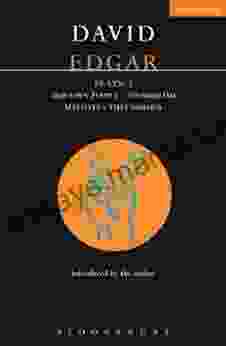
 Michael ChabonTeendreams, Our Own People, That Summer, and Maydays: Contemporary Dramatists...
Michael ChabonTeendreams, Our Own People, That Summer, and Maydays: Contemporary Dramatists... Chase SimmonsFollow ·14.7k
Chase SimmonsFollow ·14.7k Corey GreenFollow ·14.8k
Corey GreenFollow ·14.8k Ronald SimmonsFollow ·7.5k
Ronald SimmonsFollow ·7.5k Marcel ProustFollow ·4.1k
Marcel ProustFollow ·4.1k George HayesFollow ·10.1k
George HayesFollow ·10.1k Javier BellFollow ·6k
Javier BellFollow ·6k Stan WardFollow ·17.8k
Stan WardFollow ·17.8k Jeffrey CoxFollow ·12.5k
Jeffrey CoxFollow ·12.5k
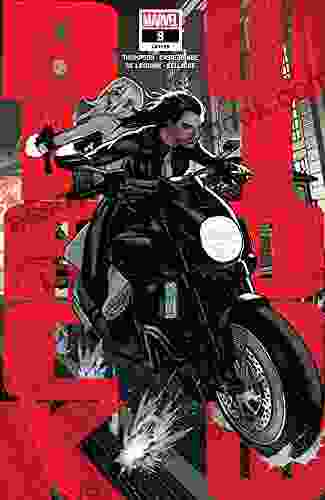
 Dean Butler
Dean ButlerBlack Widow 2024: A Comprehensive Guide to Kelly...
In 2024, Marvel...
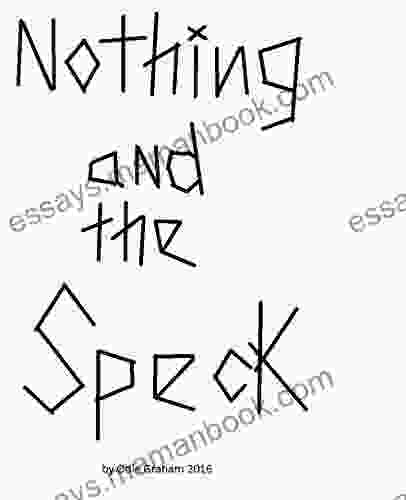
 Gage Hayes
Gage HayesNothing and the Speck: An In-Depth Analysis of Yana...
Yana Toboso's works, particularly the manga...
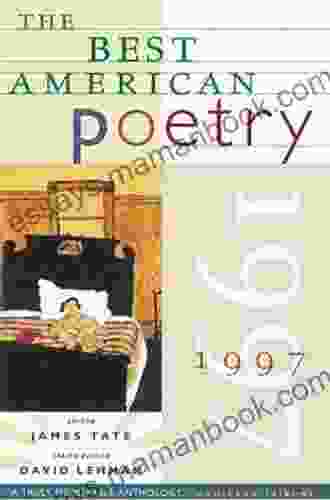
 Stan Ward
Stan WardThe Best American Poetry 1997: James Tate
The Best American Poetry...
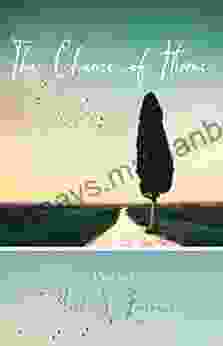
 Corey Green
Corey GreenThe Chance of Home: Exploring the Poetic Landscape of...
Immerse yourself in the evocative world of...
4.3 out of 5
| Language | : | English |
| File size | : | 2181 KB |
| Text-to-Speech | : | Enabled |
| Enhanced typesetting | : | Enabled |
| Word Wise | : | Enabled |
| Print length | : | 208 pages |
| Lending | : | Enabled |
| Screen Reader | : | Supported |


